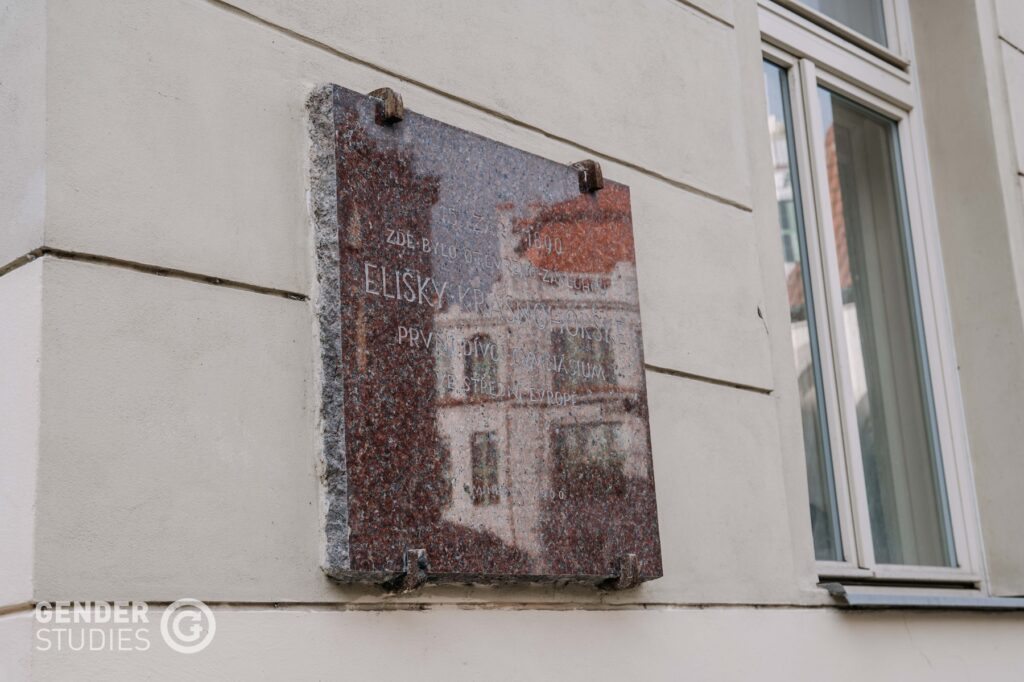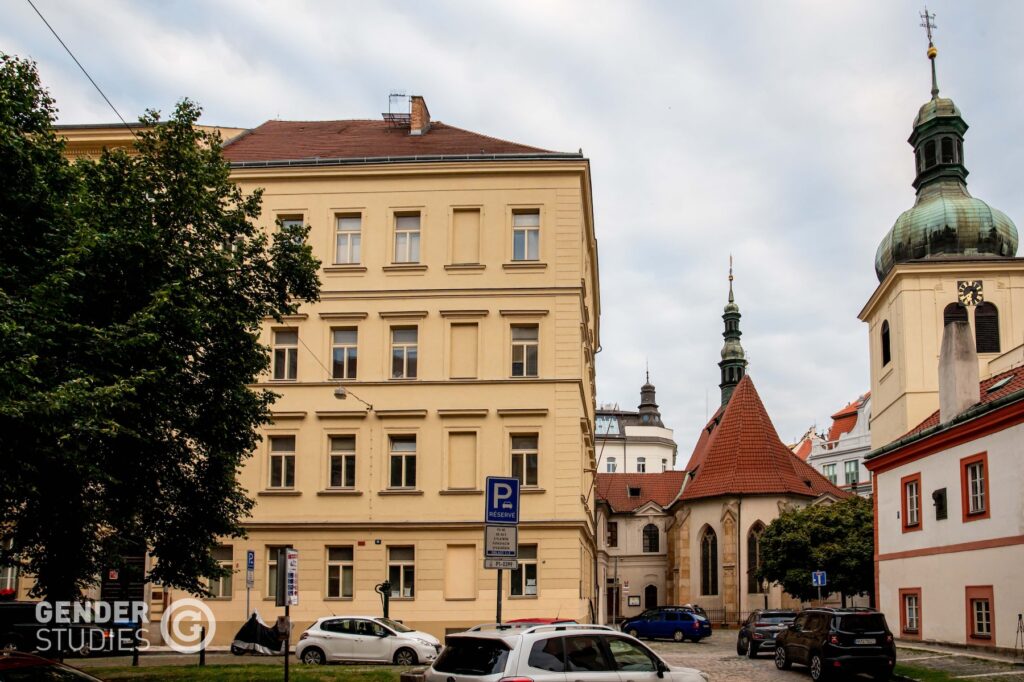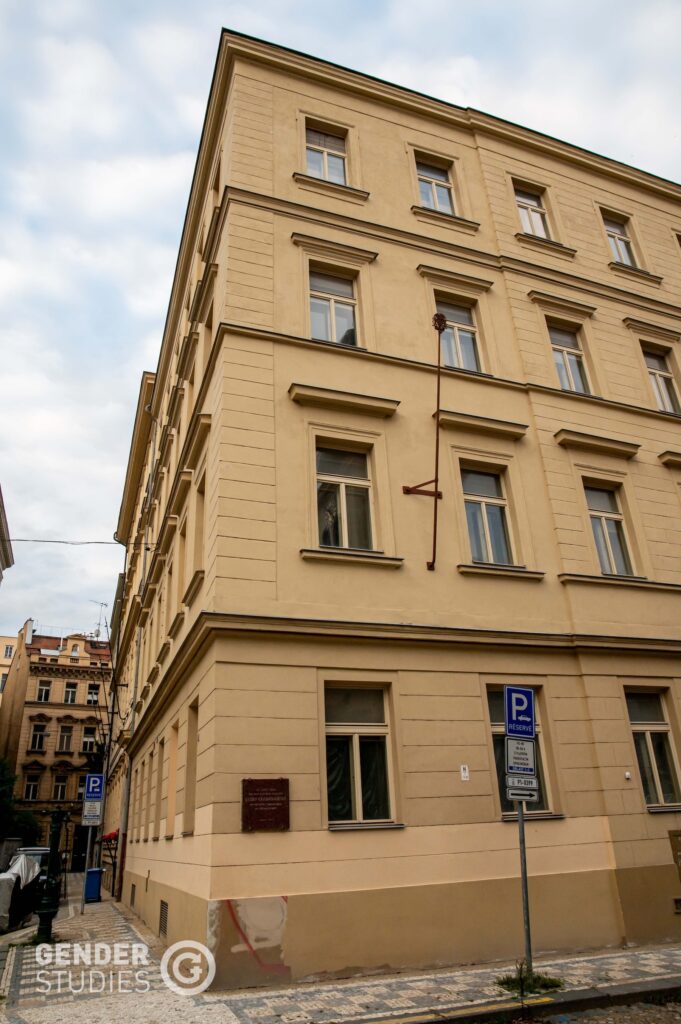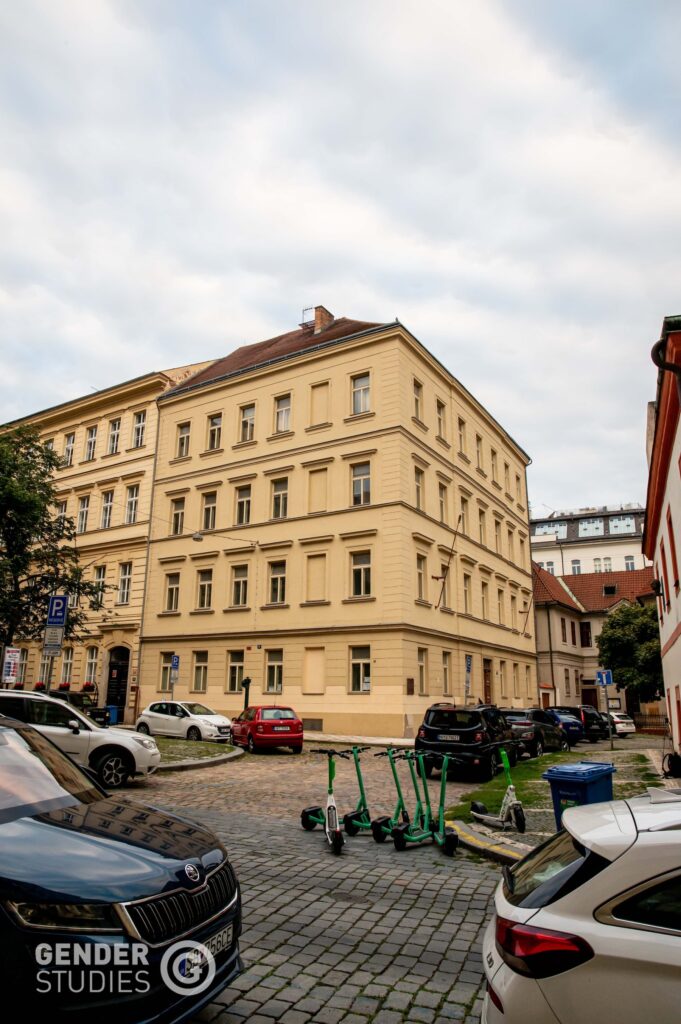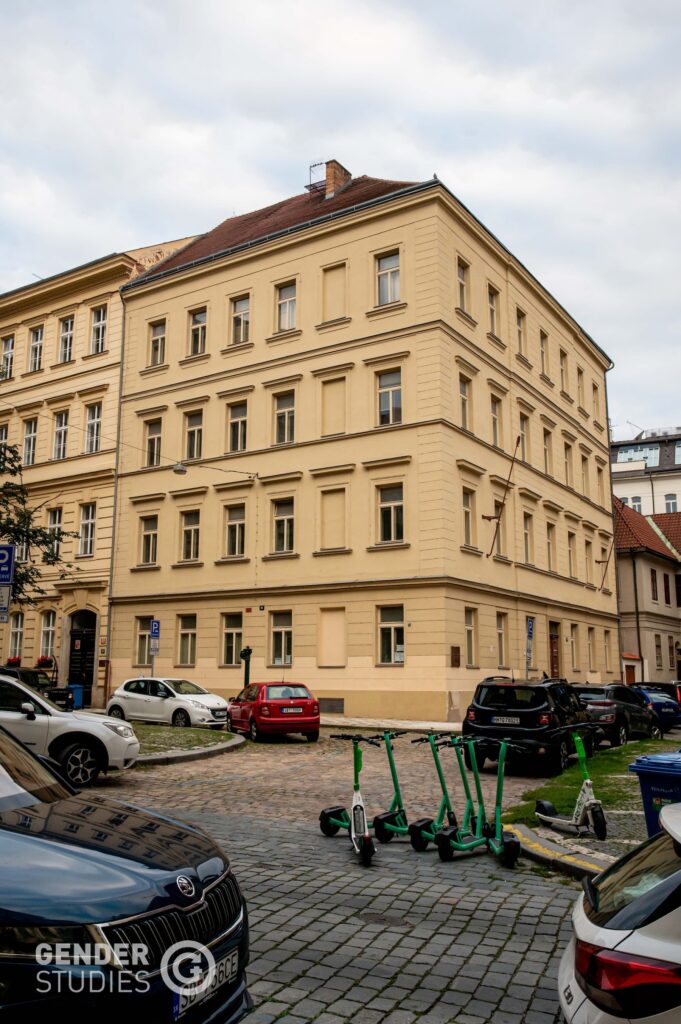The Minerva Gymnasium
Minerva was the first girls’ gymnasium in Central Europe. Its establishment in 1890 was a watershed moment in the history of Czech women’s education. While the door to secondary education opened for women, it took many years until Minerva became authorized to issue matura certificates. Thus, Minerva alumnae had to obtain their graduation certificates at other gymnasiums. Minerva founder Eliška Krásnohorská continued lobbying for women’s right to college education and access to college degrees. An imperial decree allowed girls to study at the Austro-Hungarian faculties of arts (from 1897) and medicine (from 1900).
Minerva’s best-known alumnae include the architect Milada Petříková-Pavlíková (the first Czech woman to obtain the engineer’s degree), sisters Anna Honzáková (the first Czech medical practitioner to obtain a degree in Prague) and Albína Honzáková (who later became a Minerva professor), the geographer and anthropologist Klára Červenková, or the mathematician Marie Fabiánová.
More about Eliška Krásnohorská and her contribution to girls' education can be found on the exhibition website Women Can... Study
The first seat of Minerva Gymnasium was at Pštrossova 15, Praha 1. World War I made a significant impact on the school’s operation as many professors were enlisted and students engaged in charitable endeavours of the Red Cross. When the building of Minerva was confiscated by the military, provisional instruction was started in a Křemencova Street building. In 1917, at the occasion of the 70th birthday of the founding mother, Eliška Krásnohorská, the school was named in her honour. After the war, as the number of applicants constantly grew, the need for larger premises arose. A building in Lazarská Street was promised to Minerva in 1922. The new premises with modern lecture halls were designed by the architects Antonín Karfík and František Kadlec, and the school building was commissioned in 1934. Important changes were precipitated by the WWII, as many teachers and students were forced to leave the school, a relocation to provisional rental premises in Školská Street and Vodičkova Street took place, and the instruction was significantly reduced. Instruction resumed after the end of the war, but the school was relocated to Školská Street. This freed the Lazarská Street building for the newly established Faculty of Education, Charles University. In 1949, the Eliška Krásnohorská Gymnasium was merged with another institution in Vodičkova Street. Finally, girls’ gymnasiums in Czechoslovakia were completely dismantled under a school system reform in the year 1953. Today, there is a school named Eliška Krásnohorská Gymnasium in Prague’s Ohradní Street.

